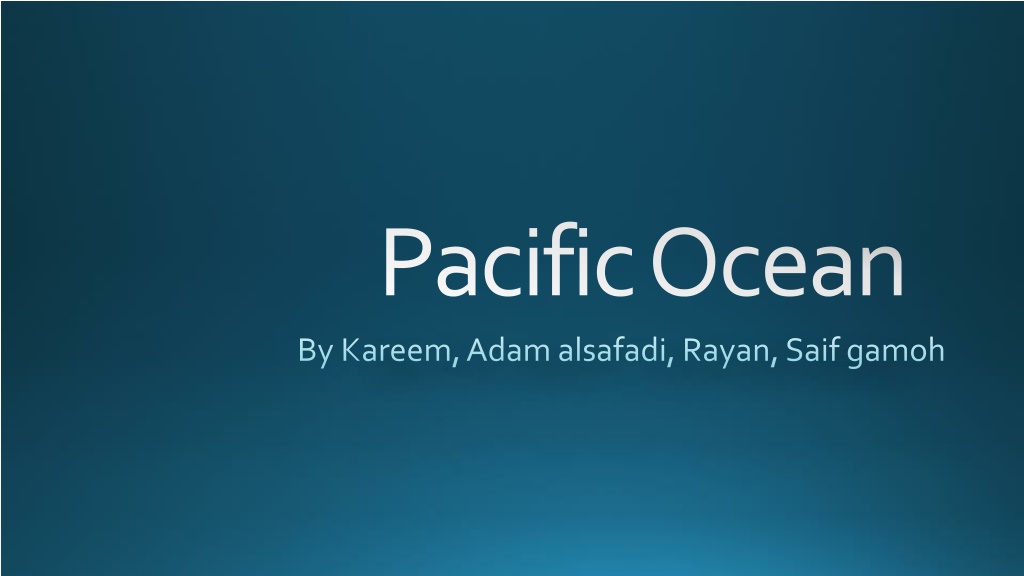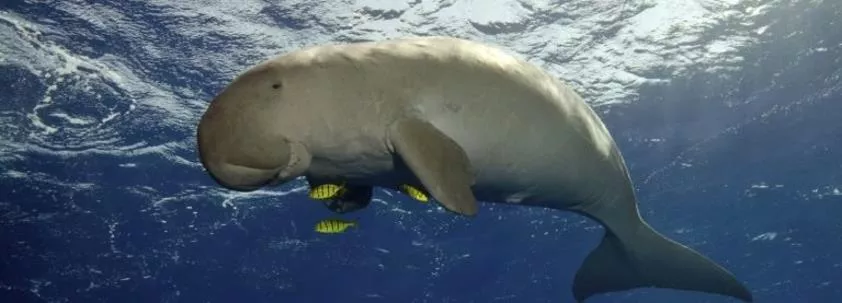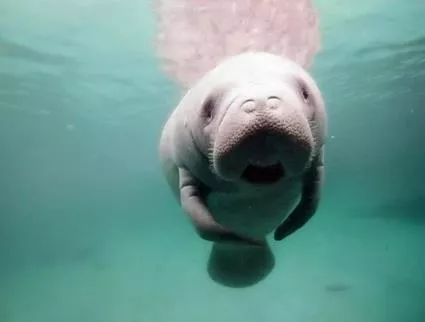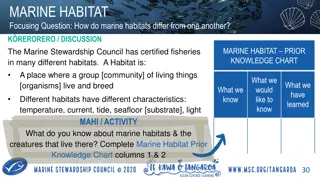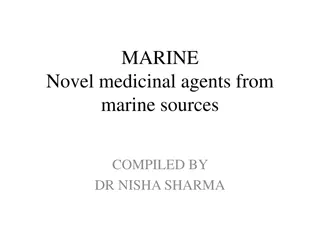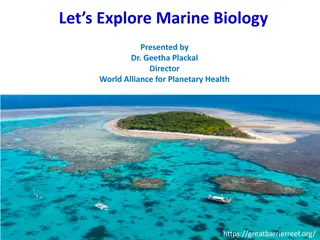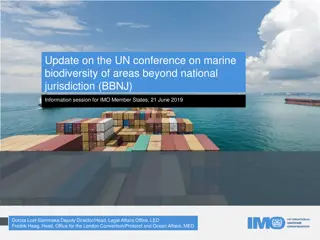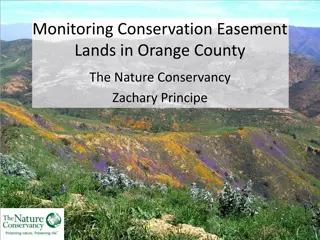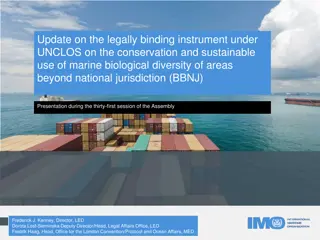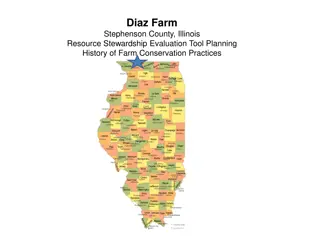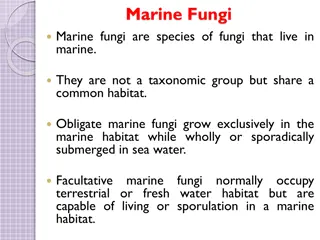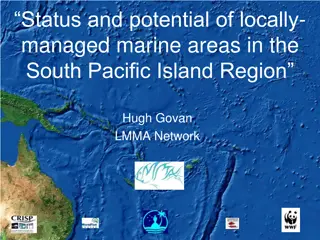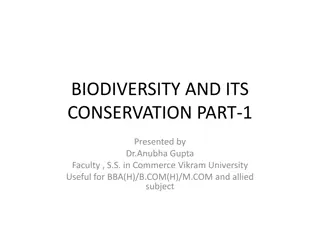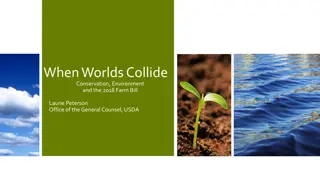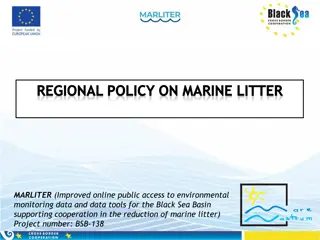Marine Life Conservation and Diversity
Explore the beauty and importance of marine life through stunning images and informative descriptions of the Pacific Ocean, dugongs, vaquitas, phytoplankton, and Phyllospadix japonicus. Learn about endangered species and the threats they face, as well as simple actions we can take to protect our ocean ecosystems.
Download Presentation

Please find below an Image/Link to download the presentation.
The content on the website is provided AS IS for your information and personal use only. It may not be sold, licensed, or shared on other websites without obtaining consent from the author.If you encounter any issues during the download, it is possible that the publisher has removed the file from their server.
You are allowed to download the files provided on this website for personal or commercial use, subject to the condition that they are used lawfully. All files are the property of their respective owners.
The content on the website is provided AS IS for your information and personal use only. It may not be sold, licensed, or shared on other websites without obtaining consent from the author.
E N D
Presentation Transcript
Pacific Ocean By Kareem, Adam alsafadi, Rayan, Saifgamoh
Dugong The dugong is a endangered marine animal. The dugong is an omnivore and feeds on mostly seagrass and sometimes invertebrates such as: jellyfish, sea squirts, and shellfish. The dugong is also nicknamed sea cow as it eats lots of sea grass. The dugong has an important purpose that their constant browsing of seagrass encourages regrowth - ensuring critical habitat and feeding sites for a host of other marine species, including turtles, dolphins and sawfish. We can save the dugongs by not littering .
Vaquita Vaquita, the world's rarest marine mammal, is on the edge of extinction. The vaquita has a large dark ring around its eyes and dark patches on its lips that form a thin line from the mouth to the pectoral fins. the vaquita is a marine mammal. The vaquita is the most endangered animal in the ocean as there are believed that there are 10 vaquitas left IN THE WORLD. We can lower the risk of them going extinct by stopping to look for them and to not litter in the ocean.
phytoplankton Phytoplankton, also known as microalgae, are similar to terrestrial plants in that they contain chlorophyll and require sunlight in order to live and grow. Most phytoplankton are buoyant and float in the upper part of the ocean, where sunlight penetrates the water.
Phyllospadix japonicus Phyllospadix japonicus, known as Asian surfgrass, is a plant species found along the seacoasts ofJapan, Korea,China (Hebei,Liaoning,Shandong). It occurs in the intertidal zone along the shore. Since the establishment of extensive kelp algal aquaculture, a large proportion of this seagrass species has been permanently removed, sometimes as a result of dynamite fishing in Japan. Shoreline hardening is also a major threat for Asian Surf Grass.
